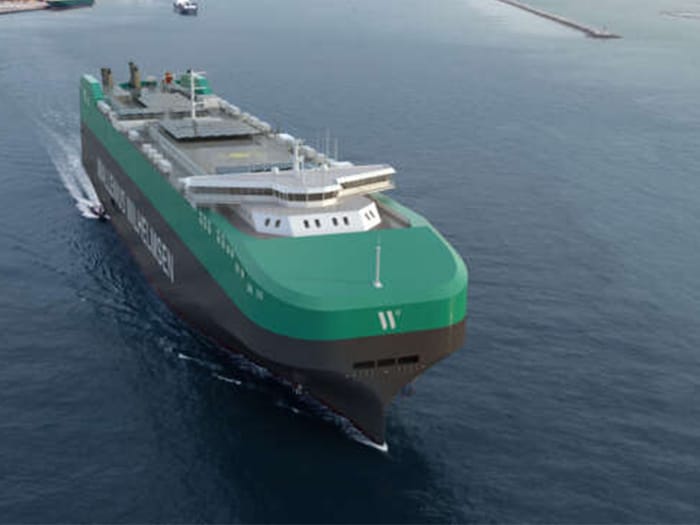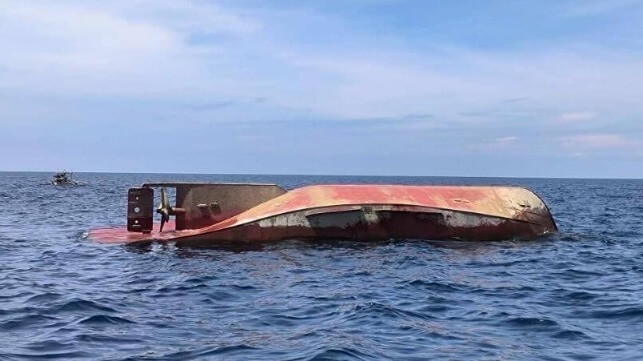Guidance Notes on Strength Assessment of Independent Type C Tanks
Alternative fuels will play an important role in the decarbonization of shipping, increasing the popularity of Type C tank designs for vessels. Independent Type C liquefied gas cargo tanks, used in gas carriers, bunkers, and barges, can be used to carry LNG, LPG, ammonia, and hydrogen in a liquid state and are seen as a promising solution for transporting these gases. Type C gas fuel tanks, such as vacuum-insulated Type C tanks with double shells, allow for the same flexibility in fuel options when powering vessels and is the most popular design for a gas fuel containment system.

As we introduce new designs into shipping, it is important to maintain a focus on safety. Therefore, ABS has developed Guidance Notes on Strength Assessment of Independent Type C Tanks which provides procedures for determining design loads on the Type C tanks and performing the strength evaluation of the tank and supporting structures














